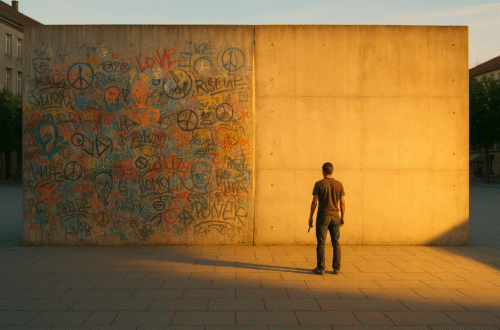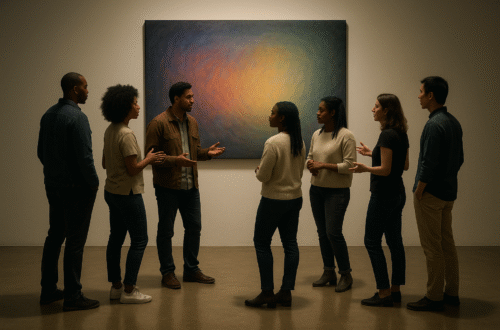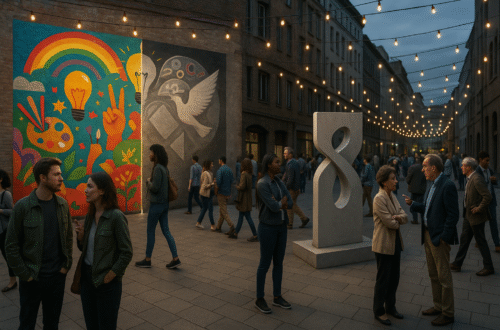There are violences so intimate, so veiled in familiarity, that they rarely register as violence at all. They appear not as eruptions but as patterns. Not as injuries, but as norms. They dress themselves in gestures of love, concern, or propriety,and therein lies their particular sting.
I speak here not of the dramatic forms of domestic abuse (though they, of course, demand our unwavering attention), but of a quieter, more insidious species of harm: the violence that occurs within intimacy, under the guise of love, and through the rituals of closeness.
The husband who corrects his wife’s story at dinner,again.
The partner who uses guilt like a leash.
The parent who withholds affection until the child performs properly.
The friend whose care is always just slightly conditional.
These are not the acts of villains. Often they are the reflexes of the well-meaning, the tired, the emotionally ungrown. But that does not mean they are harmless.
We tend to think of violence as something that happens out there, in the streets, in parliaments, on the news. Yet much of the world’s deepest wounding takes place in the kitchen, the bedroom, the pew, and the school hallway. The closer the relationship, the more invisible the violence becomes. And the more difficult it is to name.
In part, this is because the language of love is often used to mask domination. “I only say this because I care.” “You’d be lost without me.” “You’re too sensitive; it was just a joke.” The words sound like affection. But beneath them often lies control.
And so many of us learn to doubt our own sense of harm. We tell ourselves: “They didn’t mean it.” “That’s just how he is.” “I’m probably overreacting.” In doing so, we silence the part of us that knows,quietly, instinctively,that something isn’t quite right.
The moral complication, of course, is that we are all, in some measure, both victims and perpetrators of such harm. I myself have spoken sharply to those I love, excused myself with fatigue, and failed to apologise soon enough. None of us escapes unscathed, nor unresponsible.
What matters is not moral purity, but moral attentiveness.
In intimate spaces, violence is not always about intention,it is often about impact. A tone, a habit, a posture of withdrawal can wound in ways we do not see. And if we love truly, we must learn to see.
There is a story,I believe it’s from a Hasidic tradition,of a disciple who asks his rabbi, “How can I know that I have truly repented?” The rabbi replies, “When you can see your actions through the eyes of the one you have hurt.”
Therein lies the beginning of healing.
And so, this week, I invite you to turn your attention not outward, but inward,to the inner sanctum of your relationships. The places where love and power entwine.
Choose one close relationship,partner, parent, sibling, colleague, or friend.
- Ask yourself: In this relationship, do I ever use language to shape or limit the other?
- Do I apologise when I’ve spoken sharply? Do I listen when they say they’ve been hurt?
- Conversely, have I grown accustomed to a subtle form of harm that I no longer name?
- Have I confused loyalty with silence, or affection with control?
Try not to moralise too quickly. Simply observe. Be gentle. But be honest.
And once more, notice also the moments where intimacy is used to build, not to bruise:
- The friend who gives you space without punishing you for taking it.
- The sibling who names their hurt, not to shame you, but to draw closer.
- The partner who changes their tone,not because you demanded it, but because they care how you feel.
These are sacred acts. They are the antidotes to quiet violence.
True intimacy is not immune to conflict, but it is founded on a shared commitment to nonviolence,in speech, in gesture, in the use of power.
To love well, we must learn not just to speak, but to unlearn the ways we have harmed.
To apologise before we are asked.
To hear what the other has not yet dared to say.
To be safe, not just familiar.
Because if love means anything at all, it must mean this: a refuge, not a rehearsal for domination.





